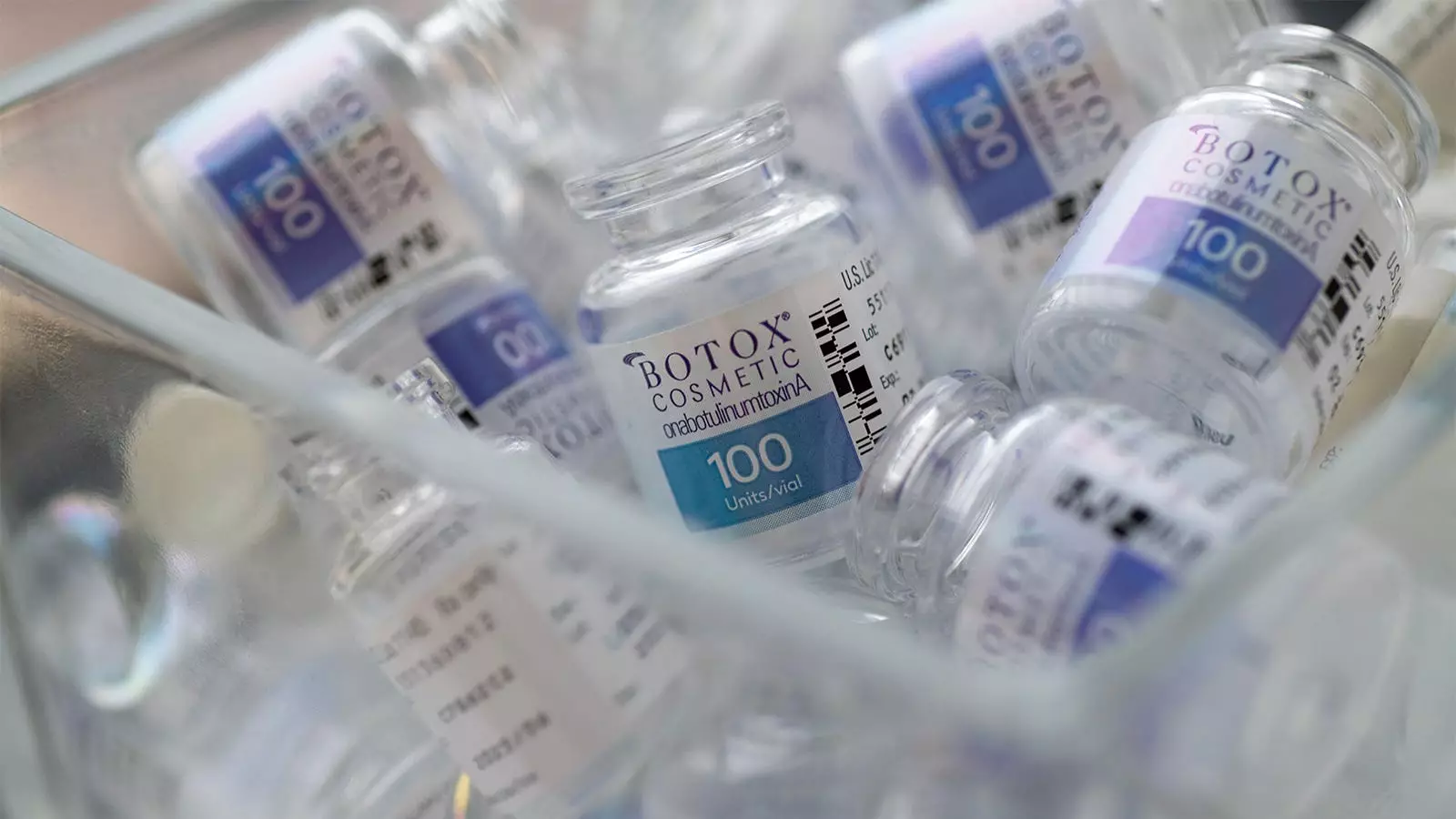The journey of botulinum toxin, commonly recognized as Botox, starkly illustrates how sometimes, the most transformative medical advancements arise from grim beginnings. The story begins in December 1895 in the small Belgian village of Ellezelles, where a tragic incident involving a renowned local brass band turned into a public health emergency. Following a funeral performance, the band gathered for a meal at a familiar inn, “Le Rustic,” only to become victims of a severe case of food poisoning. The salted, uncooked ham they consumed proved to be the catalyst for a rare illness known as botulism.
This incident prompted a wave of alarming symptoms among the 34 band members: they experienced vomiting, double vision, difficulty in speaking and swallowing, and troubling paralysis. Within days, nearly half were hospitalized, and tragically, three lost their lives. Yet, amidst this calamity lay an opportunity for medical discovery—a testament to how serendipity can unexpectedly shape the future of medicine.
The medical community’s understanding of botulism was revolutionized by this alarming outbreak. Local health officials anticipated the possibility of botulism and sought the expertise of microbiologist Émile van Ermengem from the University of Ghent. Through meticulous investigation, van Ermengem isolated a new strain of bacteria, which he identified as Bacillus botulinum. This innovative leap was as much a testament to scientific inquiry as it was to the importance of collaboration between physicians and public health authorities.
What often goes underappreciated in this narrative, however, is the connection between the trajectory of botulinum toxin as a treatment and the human interactions that informed its usage. The initial identification of botulinum toxin was not merely an isolated scientific feat; it stemmed from a collective investigative effort fostered by a commitment to understanding the links between health, environment, and community behavior.
Fast forward to the late 20th century, the medical landscape was set for yet another pivotal moment in the saga of botulinum toxin. In 1987, Dr. Jean Carruthers, a Canadian ophthalmologist, was at the forefront of manipulating botulinum toxin for therapeutic applications, particularly to address muscle spasms around the eyes. Notably, it was during these treatments that an unexpected revelation occurred. One patient noted the wrinkle-reducing effects of her facial injections, leading Carruthers to recognize the potential for Botox as a cosmetic treatment.
This anecdote underscores the importance of observing patient feedback in real-time—a dynamic often overlooked in modern medical practice. Instead of racing through appointments, Carruthers made a choice to listen—a simple yet profound decision that forever altered the trajectory of dermatological practices and cosmetic surgery.
The primary lesson to be drawn from both the botulism outbreak and the transformation of Botox into a cosmetic staple is the essential nature of trust in the doctor-patient relationship. Dr. Rana Awdish, a physician and advocate for improved patient-doctor communication, notes the deep implications of this relationship. In her view, many serendipitous breakthroughs hinge on a trusting space where patients feel comfortable sharing their experiences, no matter how ordinary or peculiar these may appear.
In today’s fast-paced healthcare environment, however, time constraints and efficiency metrics often hinder this critical interpersonal dynamic. Physicians are frequently pressured to prioritize speed over meaningful interaction, depriving patients of the chance to share potentially crucial information. The risk is twofold: first, valuable insights that could lead to innovative treatment approaches may be lost; second, dwindling trust could erode the foundational connection on which effective healthcare depends.
The need for a renewed focus on doctor-patient relationships is underscored by contemporary healthcare challenges, including the erosion of public trust experienced during the COVID-19 pandemic. A recent survey from Massachusetts General Hospital reveals a significant decline in patient confidence towards healthcare providers. To foster innovation and achieve better health outcomes, medical institutions must prioritize time for authentic engagement between doctors and patients.
If history teaches us anything, it’s that critical medical advancements, such as those illustrated by the rise of Botox, often stem from genuine interactions and mutual trust. Re-establishing this fundamental connection, along with empowering healthcare providers to spend quality time with their patients, can harness the serendipitous spark that leads to groundbreaking discoveries, both old and new.
The story of botulinum toxin is not just one of a medical treatment; it is a compelling narrative about the intertwined fate of human connection, serendipity, and innovation that continues to evolve in the field of medicine.


Leave a Reply